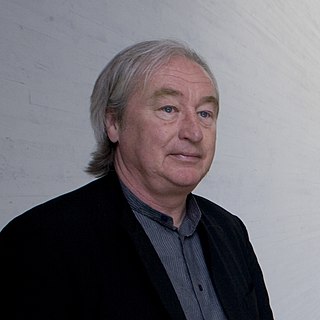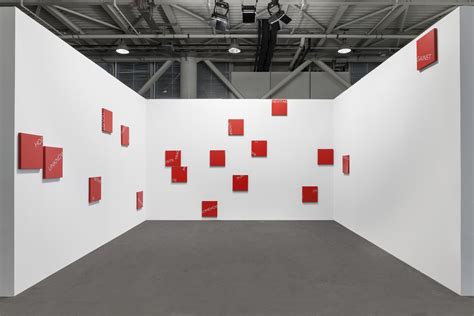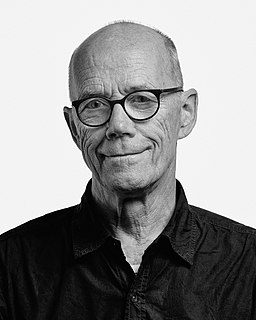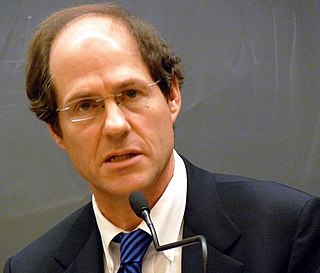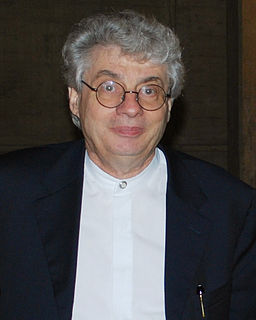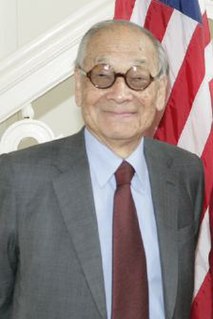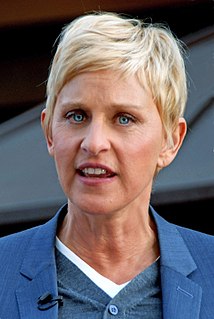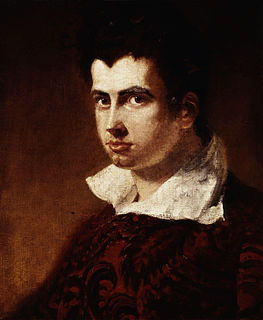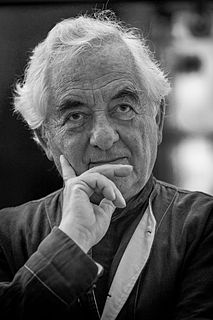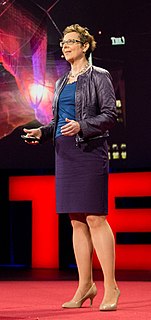A Quote by Steven Holl
For me, the excitement in architecture revolves around the idea and the phenomenon of the experience of that idea. Residences offer almost immediate gratification. You can shape space, light, and materials to a degree that you sometimes can't in larger projects.
Related Quotes
The idea of, say, the compressed space between the floor and the object hanging over it and then the long space between the object and the ceiling was a kind of interesting idea for me - the idea of compressing and expanding. That was an idea that I worked with, which you could only do sculpturally. You can't really do with a painting on the wall.
Writing fiction, for me, is a more indirect form of self-exploration than writing verse. When I'm working on a novel I'm moving characters around and I'm thinking about plot and there's a lot of other things going on at the level of structure and story. With a poem, a single idea or line or emotion can sometimes be enough - there's often a sense, in the best poems, of capturing a single instant. Perhaps poems differ from prose in the degree of solace they can offer - by speaking so personally, so directly, about shared experience. A few lines of poetry can provide comfort.
The first gesture of an architect is to draw a perimeter; in other words, to separate the microclimate from the macro space outside. This in itself is a sacred act. Architecture in itself conveys this idea of limiting space. It's a limit between the finite and the infinite. From this point of view, all architecture is sacred.
Greek architecture taught me that the column is where the light is not, and the space between is where the light is. It is a matter of no-light, light, no-light, light. A column and a column brings light between them. To make a column which grows out of the wall and which makes its own rhythm of no-light, light, no-light, light: that is the marvel of the artist.
Architecture is really about well-being. I think that people want to feel good in a space... On the one hand it's about shelter, but it's also about pleasure. The intention is to really carve out of a city civic spaces and the more it is accessible to a much larger mass in public and it's about people enjoying that space. That makes life that much better. If you think about housing, education, whether schools and hospitals, these are all very interesting projects because in the way you interpret this special experience.
Hair is the most delicate and lasting of our materials, and survives us, like love. It is so light, so gentle; so escaping from the idea of death, that, with a lock of hair belonging to a child or friend, we may almost look up to heaven and compare notes with the angelic nature,--may almost say, "I have a piece of thee here not unworthy of thy being now.
It should not be difficult to accept the idea that someone else is, in 'your experience of them', in part your self-creation. But it is difficult and sometimes impossible. Impossible because accepting the idea that you are in part creating your 'other' forces you to take on board a high degree of self responsibility. Few of us easily do that. p.234
If I do something for a public space, it's not something that I have in my head and go, "Oh that's a good location. I should put it here." That for me never exists. When I see the site, then I have an idea that is new and I would never do unless it's there. It's the space or the people there, which will give me the idea.
You could say that my aim is ‘to recover the place’. The place is a result of nature and time; this is the most important aspect. I think my architecture is some kind of frame of nature. With it, we can experience nature more deeply and more intimately. Transparency is a characteristic of Japanese architecture; I try to use light and natural materials to get a new kind of transparency.
